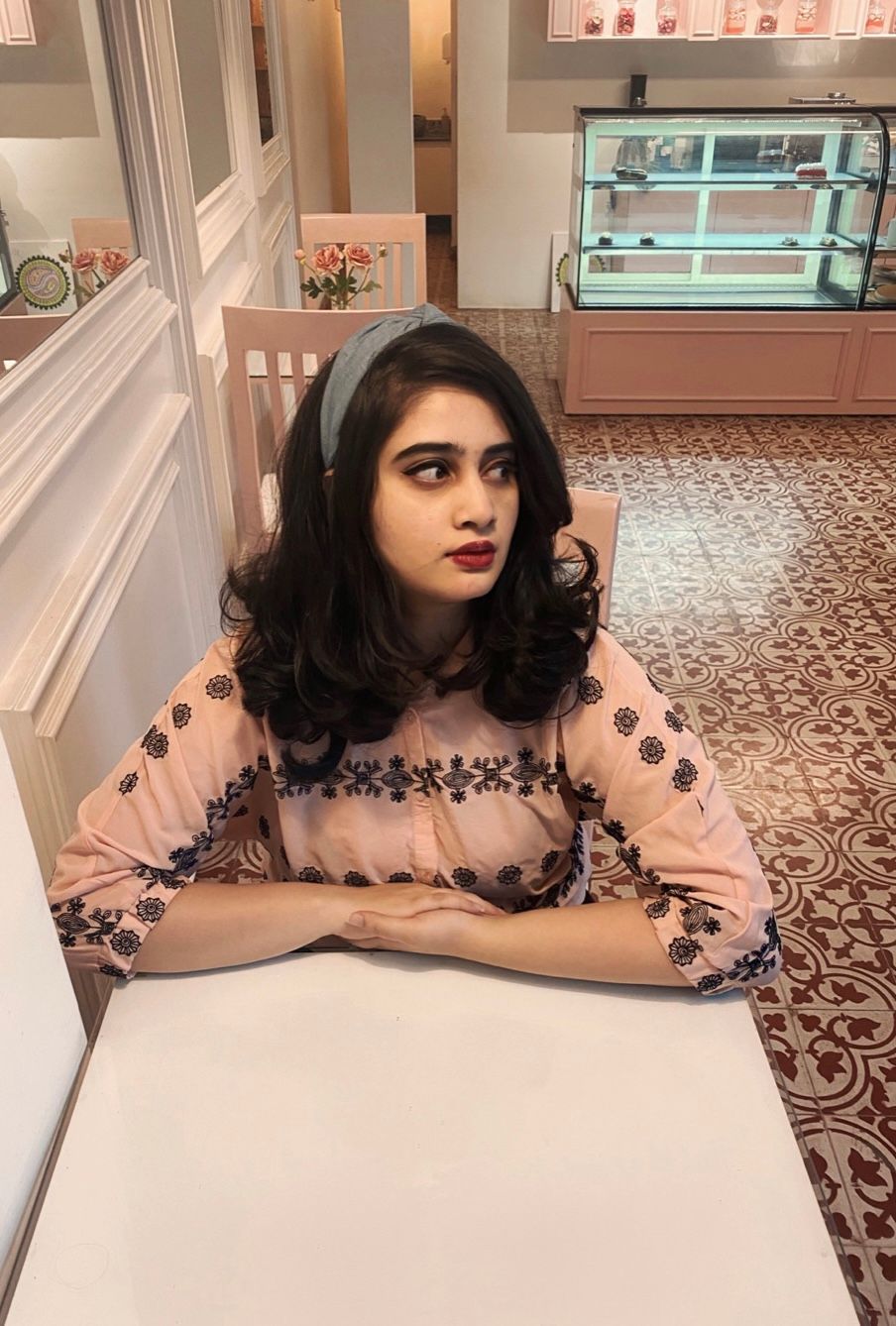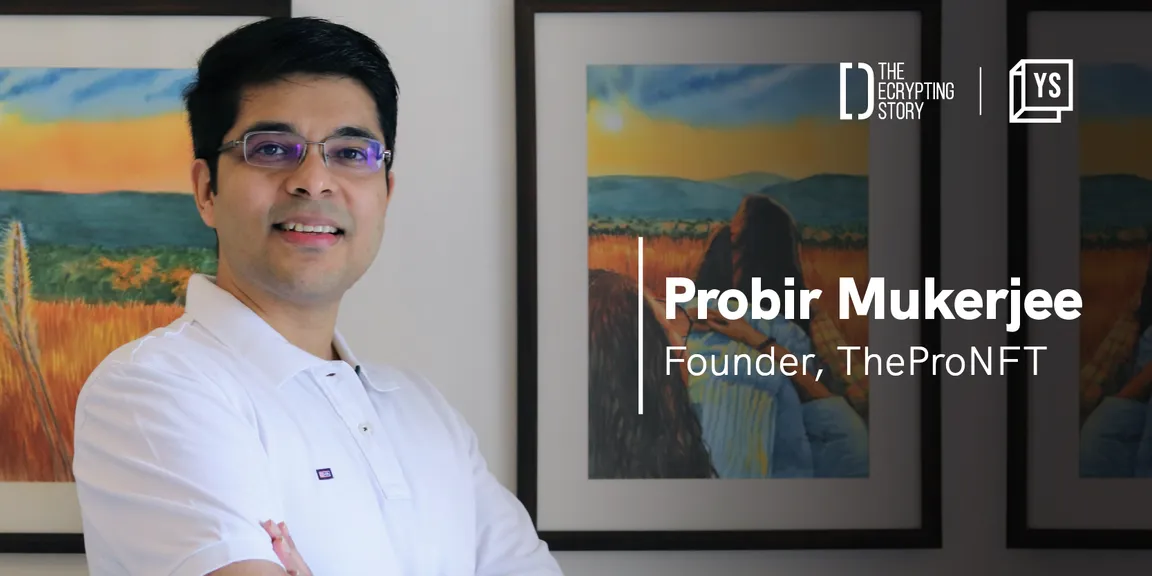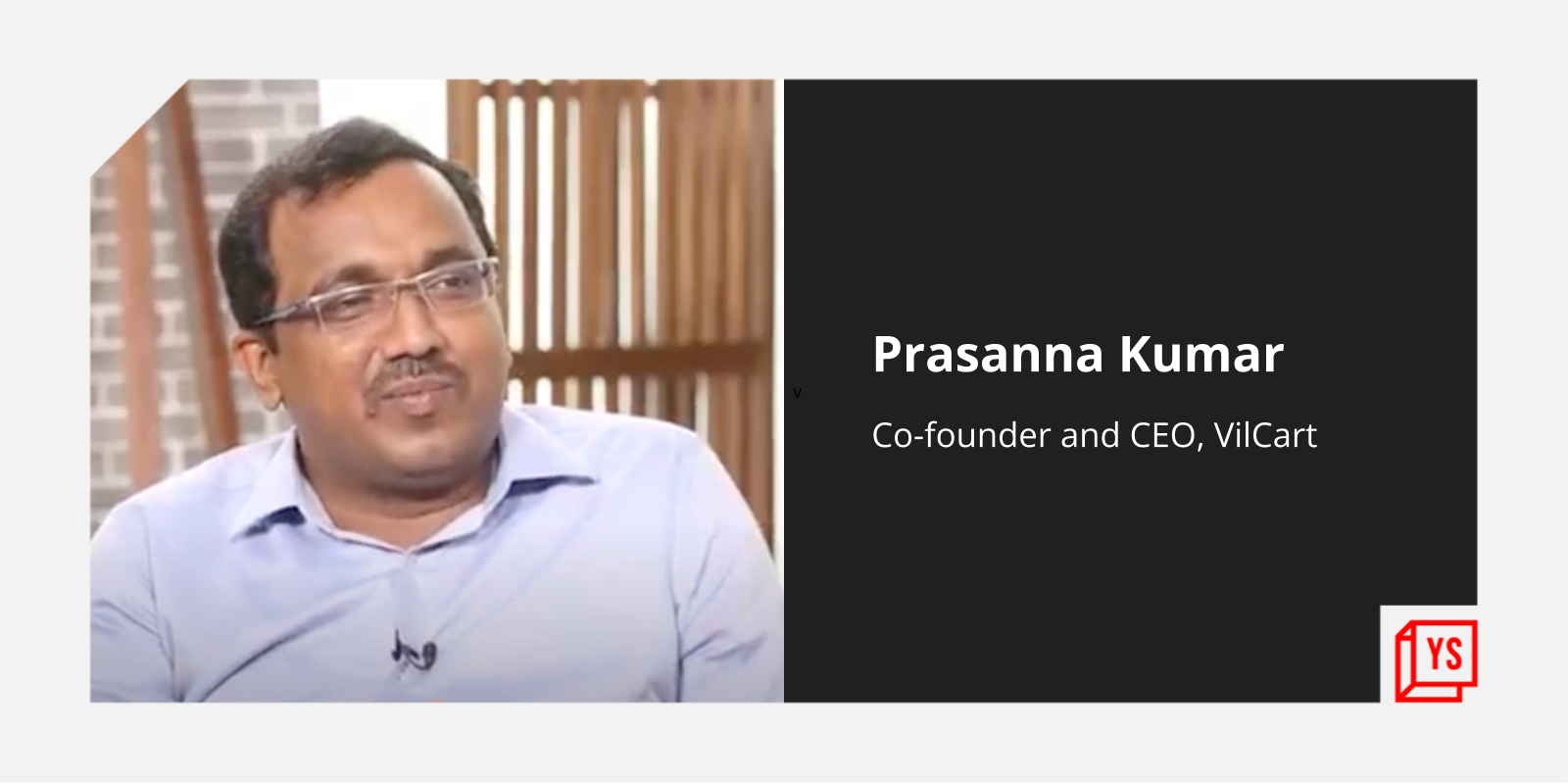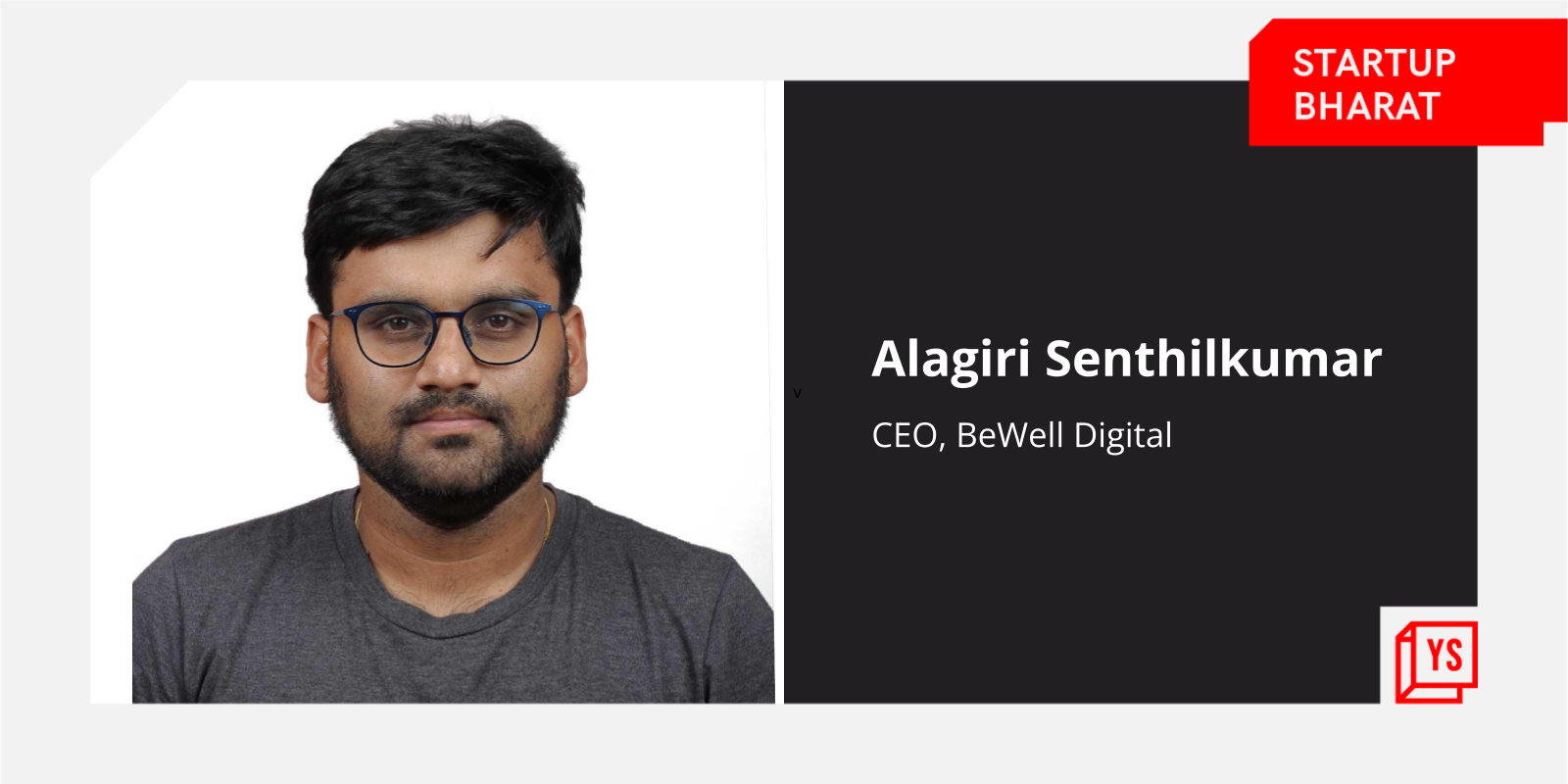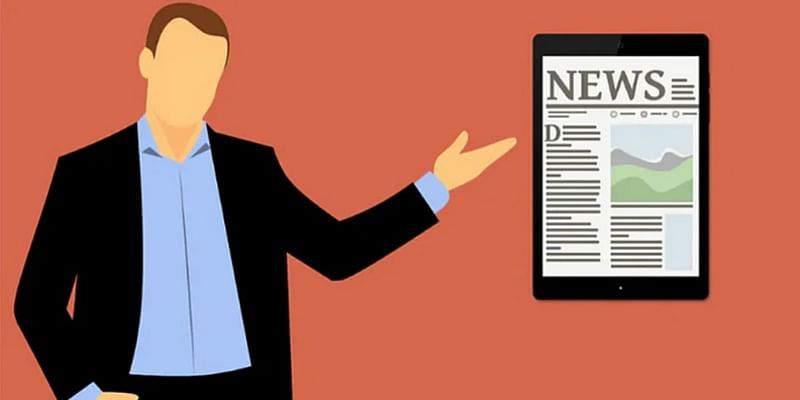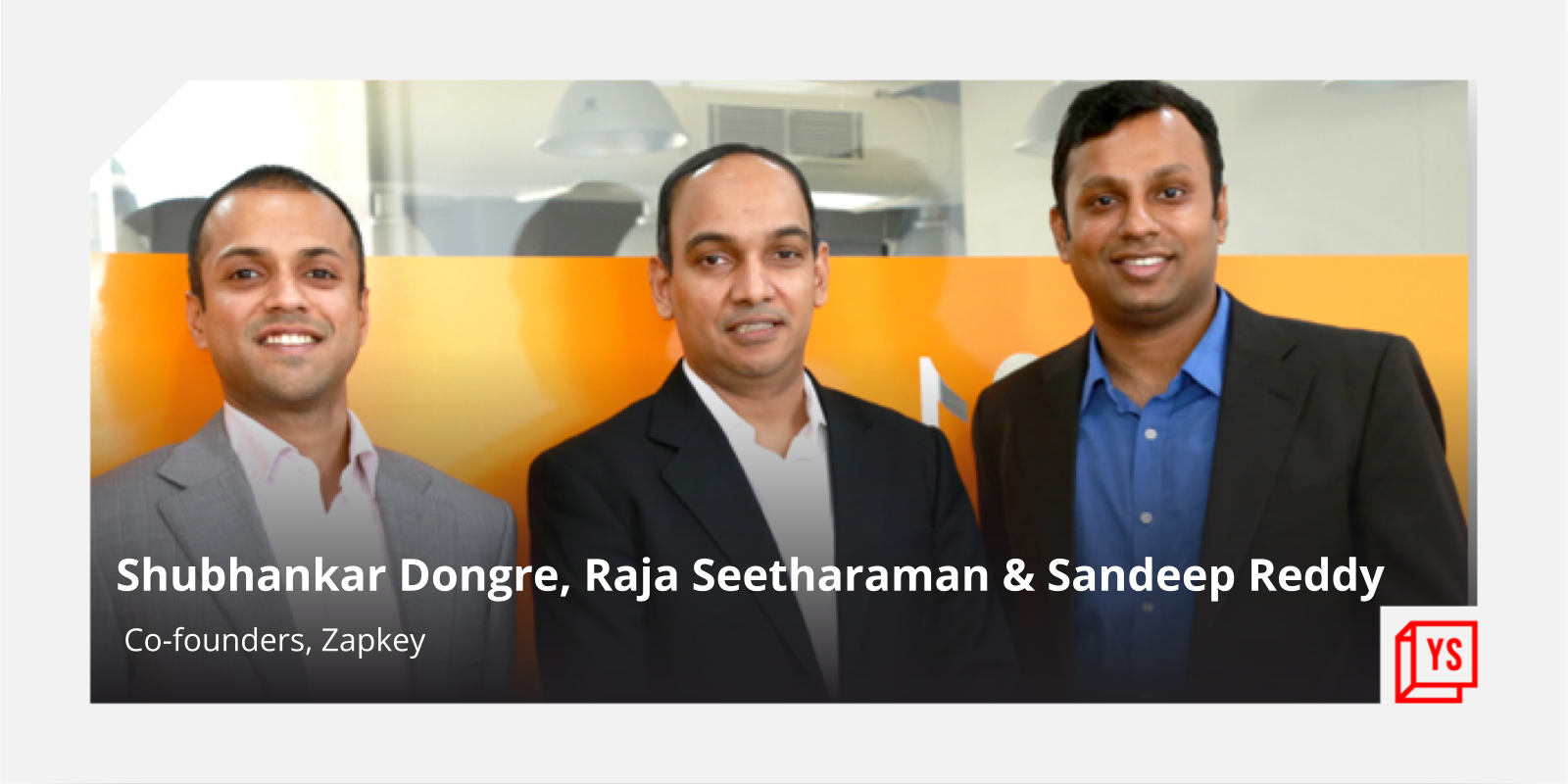TheProNFT aims to help artists bridge the gap between the real world and metaverse
Probir Mukerjee noticed that physical art world was plagued with issues that kept artists from following their passion. He founded TheProNFT to use the blockchain to digitally trade physical artwork and make art accessible to everybody.
Artists focusing on their art to make a living don’t have it easy, especially if they are not known names. The only individuals benefiting seem to be art dealers who charge high commission fees. This issue frequently compels artists to look for other means of employment and stifles their creative growth.
Probir Mukerjee noticed that financial uncertainties in the primary art market were limiting the reach of artwork. In January 2022, this led him to found to “bridge the gap between traditional art and metaverse”.
NFT startup TheProNFT uses the transparency, flexibility and security of blockchain and NFTs to digitally trade physical artwork and intends to make art accessible to everybody.
Probir tells the Decrypting Story that “with the current NFT boom, I felt this was a good time, to bridge the two concepts of physical art and digital NFT”, adding that the physical art world is plagued with issues including high commission fees, no royalty on resale, and limited marketplace for resale, which affects artists and collectors.
“Today, paintings displayed in galleries are viewed as luxury items; people will only invest in them if they find them interesting. However, I believe art should evoke emotion; it shouldn’t just be viewed as a market commodity,” Probir says.
“With blockchain technology and NFTs, I, as an artist, can determine the fair market value of the artwork without the involvement of intermediaries. Collectors purchasing the NFT can touch and feel the art as we ship the physical painting along with the NFT,” he says.
Probir, a software engineer with specialisation in AI and robotics, is also a part-time artist.
“As part of the software industry, I have solved multiple real-world problems using technology. So, I was always looking for ways to connect the worlds of technology and art.”
In January, he attended a conference in Pune held by Polygon. Several discussions with other creators around copyright, the secondary resale market, and blockchain technology led Probir to start TheProNFT.
“I believe blockchain technology will ensure the authenticity of the artwork,” he said.
Paintings as NFTs
The startup uses NFTs to digitally trade the physical artwork. The startup has listed its NFT collections of paintings on marketplace and intends to give collectors sole ownership of the NFTs.
“At present, the NFTs are beta launched on using Polygon blockchain, as Polygon offers lower gas fees compared to other chains,” Probir says.

Probir's artwork listed as NFTs on OpenSea marketplace
Probir says an artist can digitise their artwork and list it on OpenSea.
“NFTs are created with a secret code, which the buyer would reveal to the seller. Once the bid is confirmed, the buyer enters the address and fills the information. In addition to transferring their NFTs, we ship the physical painting to the buyer's address. The collector will be the sole owner of both, the NFTs and the painting.”

Probir's artwork
This gives the collector an option to showcase the purchase in their homes or offices, along with in the metaverse.
Besides OpenSea, other popular NFT marketplaces include Rarible, SuperRare, KnownOrigin,Foundation, Nifty Gateway, Solonart, and Async Art. Artists can tokenise their works of art into NFTs, auction them off, and let consumers bid or purchase them at a defined price.
Beeple, PAK, Monica Rizzolli, Dmitri Cherniak, Trevor Jones,Hackatao are popular and celebrated NFT artists.
Trade without intermediaries
Much like financial markets, art markets are cyclical. There is a bifurcation in the art market: art is traded and sold through the primary art market and secondary art market.
“In the primary market, an artist is directly rewarded for their work, but usually only popular artists are compensated for their work. It is difficult for new artists to find success in the primary market,” the founder says.
Artworks that are purchased in the primary market can be sold and traded in the secondary markets. “Instead of purchasing new work directly from the artist, all artwork that is resold could be purchased here. For instance, it could include minimalistic art, abstract painting,19th century impressionist paintings, 20th century surrealist paintings, or cubist masterpieces.”
The concern, however, is the commodification of contemporary art, which is encouraged by auction houses, galleries, and art dealers, which act as intermediaries between the buyer and seller.
But should a group of influential people leading major museums, galleries, auction houses, and art publications continue to define monetary income of the artist?
Probir says, "In India, the market for art rental has not evolved, and individuals do not rent art. I am curious why. It will be difficult for me to sell an original piece of art that I purchased from an artist in a secondary market as once art passes out of the hands of the first buyer, its value is largely determined by the principle of supply and demand. Even if the demand is higher and I sell it for a higher price, the major concern is that the original artist does not get the money.”
He believes NFTs can help tackle the problem of counterfeit artworks and other valuables. NFTs represent ownership rights for physical goods and these tokens cannot be exchanged with intermediaries.
“However, you can create ownership using NFTs. You could rent it to someone and then take it back as the blockchain will keep track of all the transactions.”
Technology is able to provide transparency in terms of pricing as the entire process takes place on an open network like OpenSea. This will ultimately reduce the need for intermediaries like auction houses or galleries, and benefit the artist.
Plans for the future
As per reports by Market Watch, the global NFT market size is projected to reach $7,390.8 million by 2028, at a CAGR of 24.4 percent.
The bootstrapped startup has completed the proof-of-concept stage and is currently experimenting with different revenue models.
TheProNFT intends to partner with artists to offer them a platform to sell their work at a reasonable price.
“I’m a traditional artist and want to create more avenues for traditional artists to sell their artwork in a decentralised way,” Probir says.
The startup also has plans to raise funds in the future - along with promoting art.
“I'm focusing on creating art that evokes a strong emotion, revives memories of the past, specific culture, or a broader human consciousness because art is beyond a commodity.”
Edited by Teja Lele
